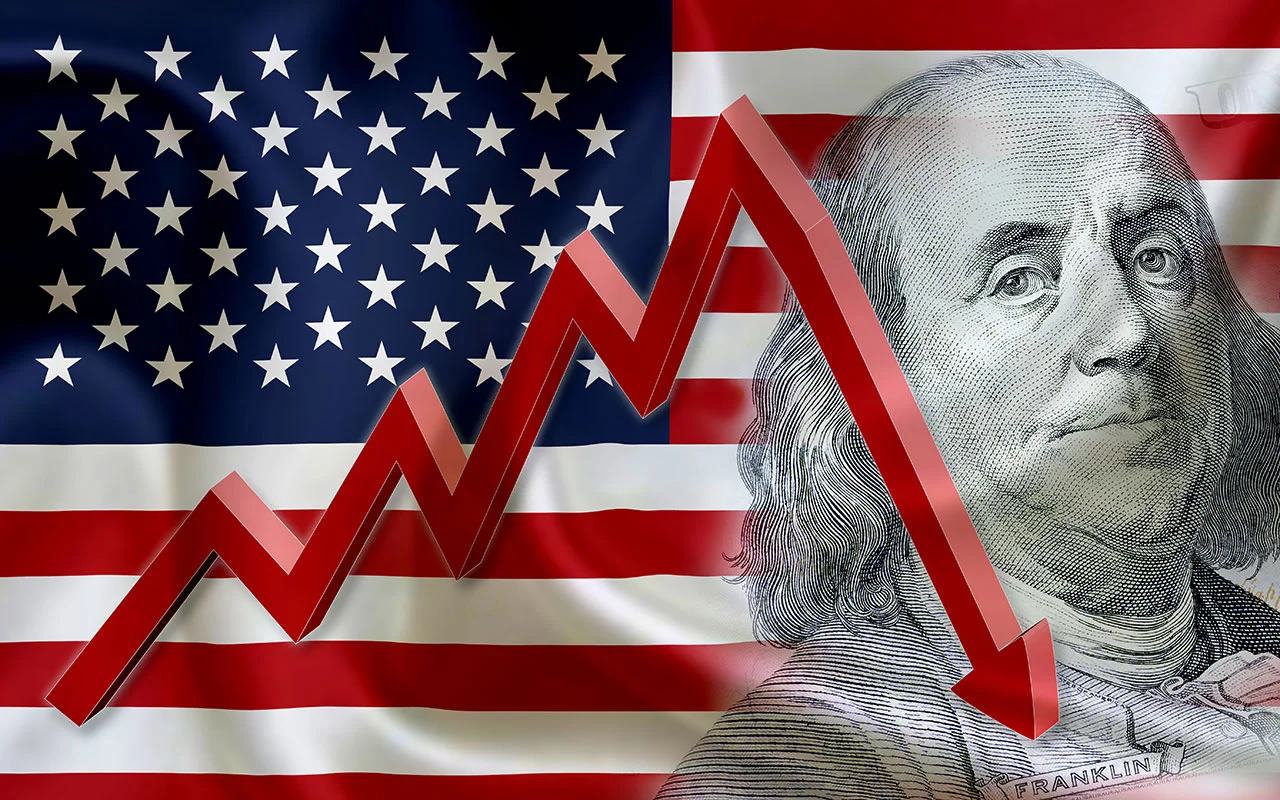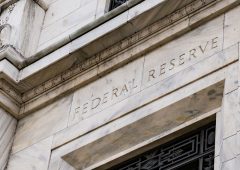Recession Predictions: Why Economic Indicators Often Fall Short
29.08.2024 18:30 2 min. read Alexander Stefanov
Forecasting recessions has proven challenging, with several indicators recently suggesting downturns that haven't materialized.
In 2022, the Conference Board’s Leading Economic Index and the inverted yield curve both signaled a recession, and the common definition of two consecutive quarters of negative GDP was met. More recently, the Sahm Rule, which tracks sudden increases in unemployment, also flashed a warning in early August. Despite these signals, many economists argue that the U.S. is not currently in a recession.
According to the creators of these indicators, the pandemic has made accurate predictions even harder. Campbell Harvey, who developed the inverted yield curve model, acknowledged that no indicator can be perfect due to the economy’s complexity. The National Bureau of Economic Research (NBER) defines a recession as a significant, widespread decline in economic activity lasting more than a few months, but it often declares recessions long after they begin.
This uncertainty fuels the interest in predicting future recessions. While accurate forecasts can be valuable for investors and policymakers, they are inherently imperfect. For instance, Claudia Sahm’s unemployment rule, which has recently raised concerns, may be flawed due to its inability to fully account for changes in the labor force, such as increases in immigration.
Even the historically reliable inverted yield curve has shown signs of a potential recession since November 2022, but the anticipated downturn has not yet occurred. Harvey suggests that the indicator’s accuracy might have prompted preemptive actions that could have averted the predicted recession, highlighting its limitations.
Overall, the unpredictable nature of economic indicators underscores their imperfections. As economist Steven Pearlstein noted, traditional data often misses underlying issues, such as financial bubbles. Jason Furman of Harvard compared predicting recessions to rolling dice: while we can understand probabilities, we can’t foresee outcomes with certainty.
In essence, while recession indicators can provide valuable insights, they are not foolproof and often fail to predict economic shifts with complete accuracy.
-
1
Gold Beats U.S. Stock Market Over 25 Years, Even With Dividends Included
13.07.2025 15:00 1 min. read -
2
US Inflation Heats Up in June, Fueling Uncertainty Around Fed Cuts
15.07.2025 16:15 2 min. read -
3
U.S. Announces Sweeping New Tariffs on 30+ Countries
12.07.2025 16:30 2 min. read -
4
Robert Kiyosaki Predicts When The Price of Silver Will Explode
28.06.2025 16:30 2 min. read -
5
Key U.S. Economic Events to Watch Next Week
06.07.2025 19:00 2 min. read
US Inflation Heats Up in June, Fueling Uncertainty Around Fed Cuts
U.S. inflation accelerated in June, dealing a potential setback to expectations of imminent Federal Reserve rate cuts.
Gold Beats U.S. Stock Market Over 25 Years, Even With Dividends Included
In a surprising long-term performance shift, gold has officially outpaced the U.S. stock market over the past 25 years—dividends included.
U.S. Announces Sweeping New Tariffs on 30+ Countries
The United States has rolled out a broad set of new import tariffs this week, targeting over 30 countries and economic blocs in a sharp escalation of its trade protection measures, according to list from WatcherGuru.
Key U.S. Economic Events to Watch Next Week
After a week of record-setting gains in U.S. markets, investors are shifting focus to a quieter yet crucial stretch of macroeconomic developments.
-
1
Gold Beats U.S. Stock Market Over 25 Years, Even With Dividends Included
13.07.2025 15:00 1 min. read -
2
US Inflation Heats Up in June, Fueling Uncertainty Around Fed Cuts
15.07.2025 16:15 2 min. read -
3
U.S. Announces Sweeping New Tariffs on 30+ Countries
12.07.2025 16:30 2 min. read -
4
Robert Kiyosaki Predicts When The Price of Silver Will Explode
28.06.2025 16:30 2 min. read -
5
Key U.S. Economic Events to Watch Next Week
06.07.2025 19:00 2 min. read


